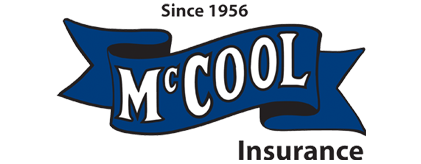It’s safe to say that just about everyone enjoys eating. Whether you have favorites or you like to try new foods, you certainly want to ensure they’re safe for consumption.
From purchasing food to prepping, eating and storing it, there are numerous opportunities for something to go wrong. Here are 12 food safety guidelines to follow.
- When purchasing food, separate raw meats and seafood from other foods. Use provided plastic meat or produce bags to wrap or bag the meats.
- Select canned items that are free of dents and damage.
- When refrigerating raw meats and seafood, place them in containers to prevent their juices from dripping onto other foods and store them below ready-to-eat food.
- Wash your hands and clean cutting boards and counters before and after preparing food. If your hands come in contact with raw meat juices, wash them again before moving to another food item.
- Rinse fresh produce in the sink under running water to wash off residual dirt and contaminants.
- When using knives or other sharp instruments, keep your fingers clear of blades or use cut-resistant gloves.
- To prevent burns, position pans and other hot objects away from the edge of the stove, use dry oven mitts and tightly roll long sleeves.
- Check internal temperatures on cooked foods. Fish and whole cuts of meat are considered safe when internal temperatures reach 145 F. Ground meats, poultry, leftovers and casseroles should reach 165 F.
- Don’t leave food out for more than two hours. Food left at room temperature can grow bacteria, causing food poisoning and other gastrointestinal disorders.
- Set your refrigerator at 40 F or lower to prevent the growth of bacteria. Set your freezer at 0 F or lower.
- When thawing food, place it in the refrigerator. Thawing food on the counter at room temperature allows bacteria to multiply quickly.
- One last consideration is food allergies. Be aware of what you are eating to prevent anaphylaxis, which can cause death in minutes! According to the Food and Drug Administration, the top eight foods that cause allergic reactions are milk, eggs, fish, crustacean shellfish, tree nuts, peanuts, wheat and soybeans. When you’re at holiday gatherings or eating out, you may have to ask about ingredients to ensure your safety and health.
Don’t become a statistic of foodborne illnesses or allergy attacks. Purchase, prepare, cook and store your food safely.
This content is for informational purposes only and not for the purpose of providing professional, financial, medical or legal advice. You should contact your licensed professional to obtain advice with respect to any particular issue or problem.
Copyright © 2022 Applied Systems, Inc. All rights reserved.
